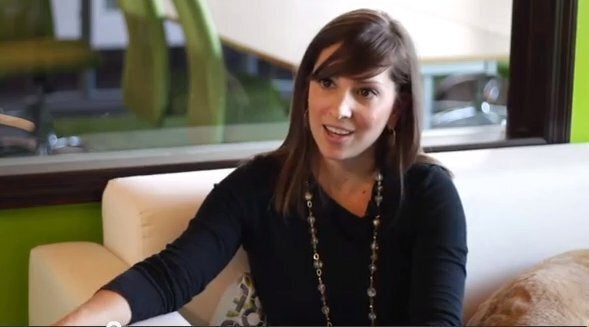
The term "nine-to-five" has long symbolized a kind of drudgery that sucks up our lives and eclipses our identities, but it wasn't until the Great Recession that the pejorative phrase was crowned with an entirely new distinction: old-fashioned. Even as the jobless rate continues its slow decline, the still-anemic U.S. employment market is prompting more and more people to do the math: There are 12.8 million workers looking for jobs -- that means multiple candidates for every open position. Summation? The paths of least friction and risk are increasingly leading away from traditional employment.
Back in the days of the Industrial Revolution, companies hoping to crank out as many widgets as possible booked shift workers around the clock. Collective bargaining led to the labor laws that eventually replaced 12- to 16-hour shifts with a new-fangled concept -- the eight-hour workday. That worked then, but with technology streamlining efficiency in every industry imaginable, you'd think we would have moved away from the nine-to-five standard long ago.
But it wasn't until the economy slid off the rails in 2008 that freshly downsized workers were forced to confront the reality that the nine-to-five jobs they knew didn't offer the kind of financial security promised to them. Layoffs sent scores of people to the unemployment line and hiring freezes kept them there until, one-by-one, entrepreneurial-minded folks began a sidestep around the status quo by becoming independently employed.
By 2010, the Kauffman Index of Entrepreneurial Activity revealed the highest startup rate in 15 years, attributing the growth to necessary entrepreneurship as a result of joblessness. Kauffman's 2011 data shows a slight dip from 2010, but one thing is clear: Americans are still busy building new, mostly solo, businesses. The unemployed, along with their underemployed counterparts, nearly one in five U.S. workers according to Gallup, swiftly began sliding into a society of contingent talent (freelancers, self-employed, entrepreneurs, and contract workers) that some experts believe will comprise a majority of the workforce by 2020.
This new class of micro-entrepreneurs is doing the same thing MBAs have been shouting about in boardrooms for years -- diversifying their revenue streams. Instead of one company cutting a check twice a month, multiple sources contribute to a pipeline of income. Proceeds from Etsy shops and Ebay stores co-mingle with ad revenue from blogs and consultant fees from freelance gig work. A new crop of peer-to-peer marketplaces transforms those idling things leftover from an age of excessive consumption -- cars, power tools, DVDs, and even spare bedrooms -- into income-generating resources. With these intuitive systems imminently accessible -- and without 40 hours of each week committed to someone else's bottom line -- a micro-entrepreneur can hedge her bets and fill in the price tag on her skills, talents, and time.
Micro-entrepreneurship also translates directly to freedom of schedule. It means not having to use a sick day to attend a parent-teacher conference or missing that Tuesday afternoon yoga class. Those in charge of their own working schedules are able to seamlessly integrate work with life instead of trying to strike a balance between two conflicting sets of responsibility.
Swapping out the nine-to-five for a more agile, independent working life brings with it one other huge benefit -- a channel for self-actualization. Abraham Maslow and his psychoanalyst cohorts agreed that the drive to realize our potential and activate our capabilities is paramount, and we can only deal with it after basic physical and mental needs are squared away. Traditional models of work only let us cross out the needs on the very bottom of the pyramid -- basic sustenance. On the flipside, independent employment within the network of the new sharing economy addresses our needs for a sense of community and belonging, autonomy and respect, creativity and problem solving. Within the old models, these were flights of fancy resigned to vacation days, wee hours, and golden years. The new model casts them as foundational elements and lets us work our way up the pyramid to unlock the good stuff.
Nine-to-five never stood a chance.